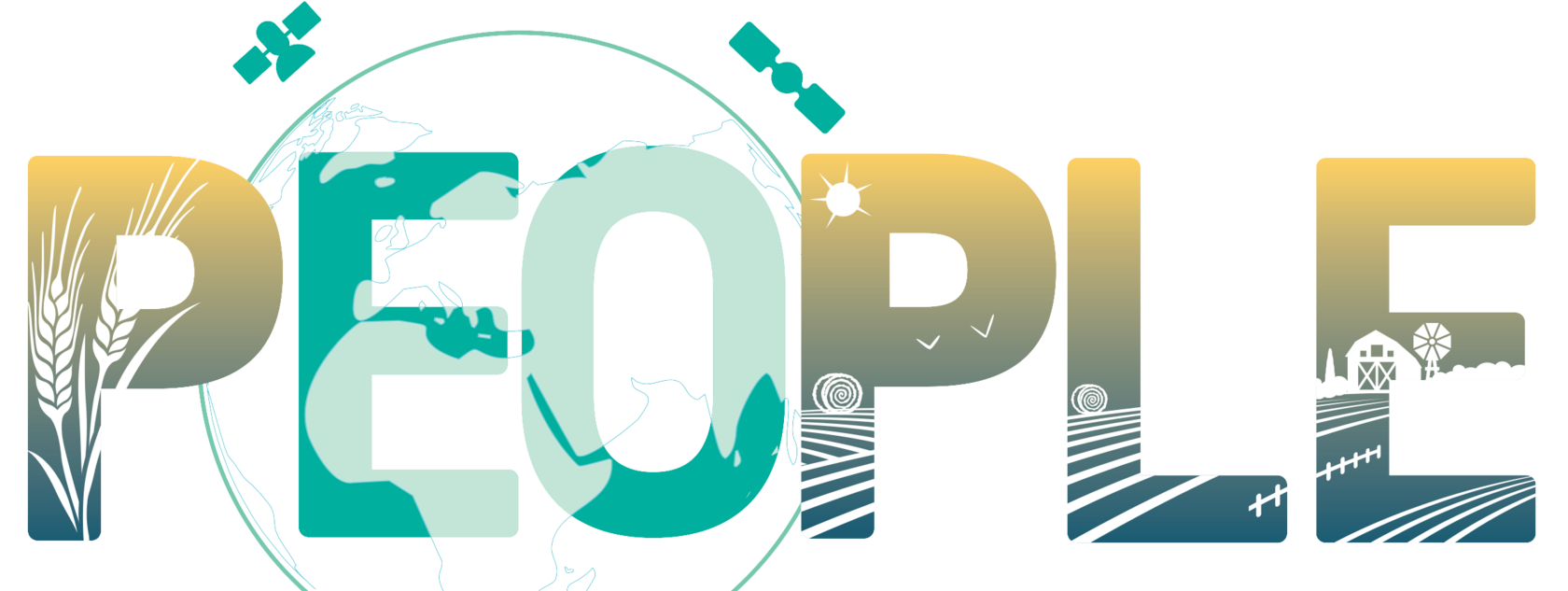
Crop rotation
The use case demonstrates use of a crop classification based on optical (Sentinel-2) and radar (Sentinel-1) for further assessment of parcel compliance with the rules of crop rotation and crop diversification as well as following the rules for erosion-prone areas. The workflow has been demonstrated at full-country extent in Czechia taking into account more than 270 000 agricultural parcels and 23 000 farms. The analysis covers the time period starting from 10/2020 to 08/2023.

Land Lying Fallow
The Land Lying Fallow use case utilises satellite data, particularly Sentinel-1 and Sentinel-2 imagery, to monitor fallow land and ensure compliance with eco-scheme regulations. By using NDVI and radar coherence data, this approach helps to detect land management activities such as mowing or bare soil. The system identifies parcels that comply with country-specific fallow land regulations, streamlining the process of verifying compliance. Despite some challenges, such as parcel size and data quality, this method has demonstrated effectiveness in multiple regions including Czechia, Sweden, Spain, and the Netherlands.

Extensive Use of Permanent Grasslands
The use case focuses on developing a methodology to detect non-managed grassland parcels taking into account specific grassland management rules in different European countries. NDVI profiles extracted from Sentinel-2 and Landsat satellite data were used for multiple vegetation seasons (2020-2022) were used to identify and further assess features indicating management events. On top of that, the Gross Productivity Index (GPI) was used as a supportive indicator to quantify grassland management intensity. The developed workflow is then applied iteratively gradually eliminating parcels with clear signs of management to focus on those potentially non-managed. Performance of this method has been demonstrated in three different countries including: Czechia, the Netherlands and Spain (Castilla y Leon).

Monitoring of Winter soil cover and Catch crops
This use case monitors winter soil cover and catch crops to ensure compliance with eco-scheme regulations using satellite data. The approach combines NDVI and radar coherence. Winter conditions often distort NDVI readings, that’s why the radar coherence is useful the most during winter period when cloud cover and wet soils affect optical data. By integrating NDVI with radar coherence, detection accuracy improves, allowing for more reliable crop coverage assessment, though challenges with winter data persist. The goal is to verify that 80% of agricultural parcels are covered by crops during key periods, but winter conditions often distort NDVI readings.

Geotagged Photos
The Geotagged Photos use case enhances agricultural parcel monitoring by integrating geotagged photos with Earth Observation (EO) data. Image quality, including brightness, contrast, and blur, is critical for accurate classification. Using deep learning models like the system automates the classification of photos into categories.

Managing Crop Water Demands
The Crop Water Demands use case focuses on managing water consumption in agricultural fields using Earth Observation (EO) data. It leverages the Normalized Multi-band Drought Index (NMDI) to detect drought conditions by analyzing water content in soil and vegetation. By comparing historical and current data, the system identifies water anomalies, offering near real-time monitoring. The workflow includes calculating Crop Water Requirements (CWR) and the Evaporative Stress Index (ESI), providing insights into water consumption and crop needs. Key findings highlight the effectiveness of NMDI, CWR, and ESI in monitoring water stress, with promising indicators for optimizing irrigation and crop productivity.

Estimation of a Carbon Stock
Farms are increasingly required to report their carbon footprints taking into account greenhouse gas (GHG) emissions from both cropland and grassland. General carbon footprint calculations use data from national reports, but they don’t fully reflect the actual soil conditions or emission levels. To improve accuracy of the resulting carbon footprint estimations, we use a specific method involving analysis of Soil Organic Carbon (SOC) index extracted from Sentinel-2 and Landsat satellite data over multiple years. This approach provides more detailed insights into carbon sequestration and emissions. Although the difference between general and EO-based methods is small, the latter highlights important issues like soil organic matter loss.

Contact us
jan.misurec@gisat.cz
+420 271 741 935
www.gisat.cz
GISAT s.r.o.
Milady Horákové 57a
170 00 Praha 7
Czech Republic
+420 271 741 935
www.gisat.cz
GISAT s.r.o.
Milady Horákové 57a
170 00 Praha 7
Czech Republic
Contact us
jan.misurec@gisat.cz
+420 271 741 935
www.gisat.cz
GISAT s.r.o.
Milady Horákové 57a
170 00 Praha 7
Czech Republic
+420 271 741 935
www.gisat.cz
GISAT s.r.o.
Milady Horákové 57a
170 00 Praha 7
Czech Republic
© 2024 GISAT. All rights reserved






